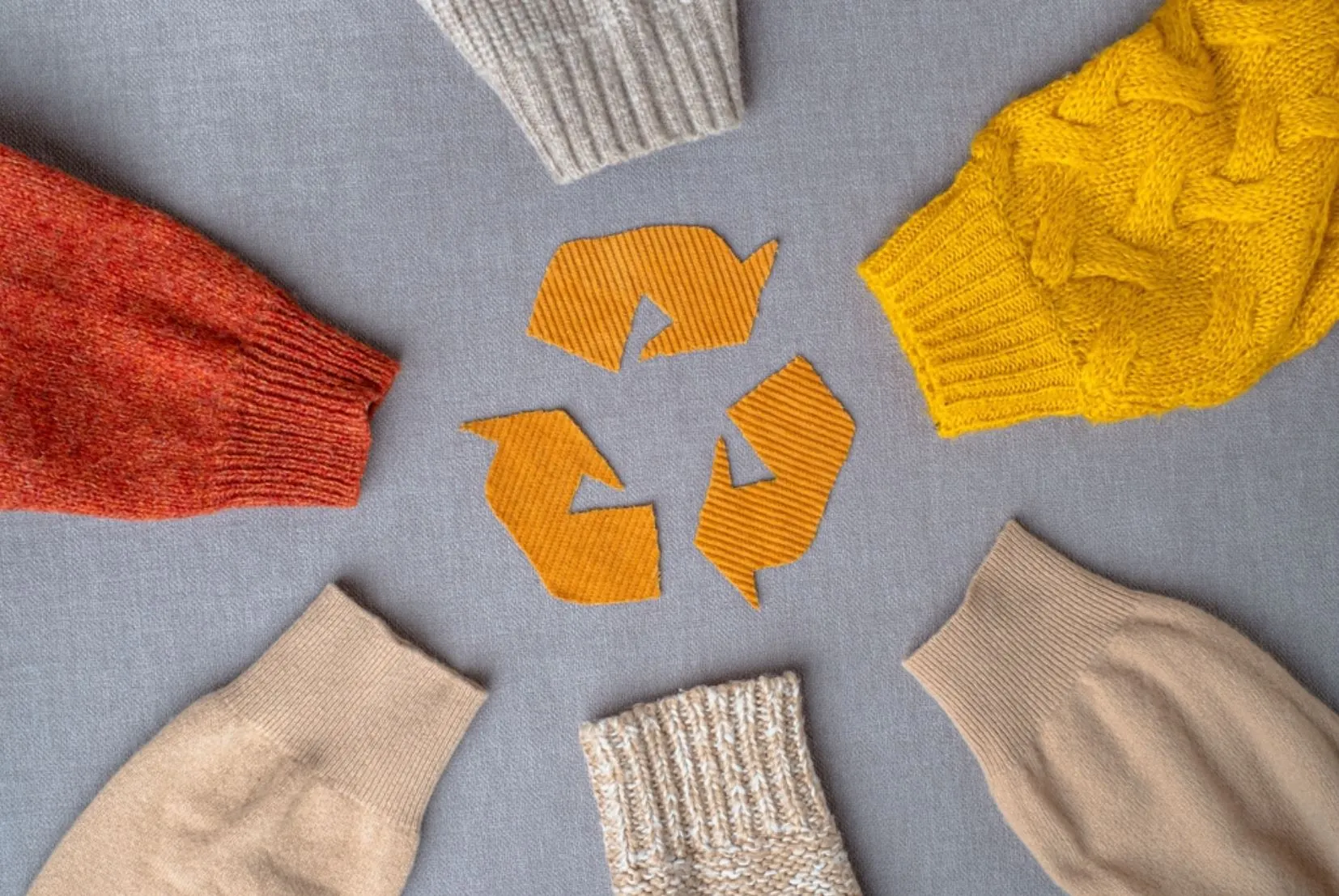Top Agenda for Brands and Consumers Regarding Clothing SustainabilitySustainability is becoming one of the top priorities of the consumer and brand communities. Many apparel companies recognize that doing good for the planet makes good business sense. According to Cindy Elliott, director of business industry sectors at Esri and board member of the Sustainable Apparel Coalition, “the global and regional apparel industries are coming together to make good business decisions.” Made-to-order fashion is becoming the norm, and local communities are consumers’ first line of engagement; other global brands have begun incorporating sustainability into their practices.
Table of Contents
Sustainable sourcing
The textile industry is accountable for environmental pollution and negative social consequences. Most garment workers worldwide are women, but reports have shown that these women often face sexual harassment and gender discrimination. Long hours and poor working conditions are also linked to health problems, including breast cancer and congenital disabilities. To ensure that clothing is made sustainably, brands must invest in technologies that reduce waste and use environmentally friendly fabrics.
A growing number of apparel brands have stepped up efforts to make their supply chains more sustainable. Reformation, for example, has built a following with millennial consumers and invests in initiatives to promote sustainable practices. This includes operating a clothing exchange and recycling program and offering store credits for renewable energy subscriptions. Consumers can also get involved by participating in surveys and social media engagement.
Sustainable fashion is essential for the fashion industry’s long-term health and will help reduce the need for natural resources. To create a sustainable supply chain, brands must work with their suppliers to transition to clean energy sources. In addition to funding and investing in renewable energy sources, brands can also commit to more extended contracts with their suppliers. Most suppliers report that they are eager to work with sustainable factories.
Circularity
Fashion brands, retailers, and consumer goods are increasingly addressing the challenge of circularity. By creating long-lasting collections and designs, brands can help the world move toward a circular economy. Durable clothing items can be reused or restyled several times, reducing the impact on the environment and the cost of production. Fashion brands also must look at the materials they use to make their clothing. Newer environmentally-friendly materials can reduce the cost of production while allowing for a longer lifespan of the dress.
As a result, the fashion industry is rethinking its business model to prioritize circularity. The circular economy principle advocates reusing all materials and products in a ‘closed loop’ to reduce waste and pollution and regenerate the environment. The circular economy can generate up to $5 trillion in value.
Fashion brands need to move quickly to address the challenges of circularity. Increasing consumer demand and technological innovation are driving the trend toward circularity. The climate crisis and a new generation of conscious consumers further push the industry to act.
Transparency
Consumers are becoming increasingly concerned about how much their clothes cost. This has led many brands to become more transparent about their costs. This transparency helps consumers make more informed purchasing decisions. It also helps to hold brands accountable because, with clarity, they can ensure that their products are created under safe conditions and respect the rights of workers and the environment. Likewise, transparency helps push the whole industry to improve.
Some brands are aiming for radical transparency in the manufacturing process. This means revealing where and how each product is produced and its environmental impact. For example, Arket, owned by H&M, lists the countries where its products are made. It also posts pictures of the production floor, making the process more transparent. Another brand, Reformation, measures every garment’s environmental impact and shares the results with its customers.
This transparency can help companies address problems and improve their supply chain. For example, it can help human rights advocates report suspected abuses in the fashion industry while providing brands with information to track risks. However, progress could be faster. While transparency is becoming a top priority for brands and consumers, it remains an issue for the fashion industry.
Social responsibility
Managing social responsibility and the environment is a top priority for fashion industry managers. This includes developing sustainable business models, innovation in supply chains, and protecting workers’ rights. These issues are interconnected and tied to brand equity, culture, and supply chain management. Additionally, these issues are relevant for academics, as they offer insights into the operations of domestic and multinational fashion companies. The report provides an overview of relevant studies and highlights gaps that need to be filled in.
Brands can no longer hide from their social responsibility obligations. Consumers and media attention have made them more scrutinized than ever. Scandals such as the burning of unsold products and links with modern slavery issues in the supply chains of developed countries have shaken consumer confidence. Additionally, brands and retailers face tensions between consumer demands and the needs of their suppliers. As a result, they must find a way to balance their competing interests to remain competitive and attract consumers.
The fashion industry has long struggled with sustainability issues. The stakeholder community has agreed on the need to engage with environmental and social challenges. However, they have needed help to come to a consensus on the definition of sustainability. The term has different meanings depending on the context. This makes it essential for stakeholders to research how to communicate their sustainability commitments effectively.
To know more helpful guides, check out the rest of our blog 5elifestyle.



